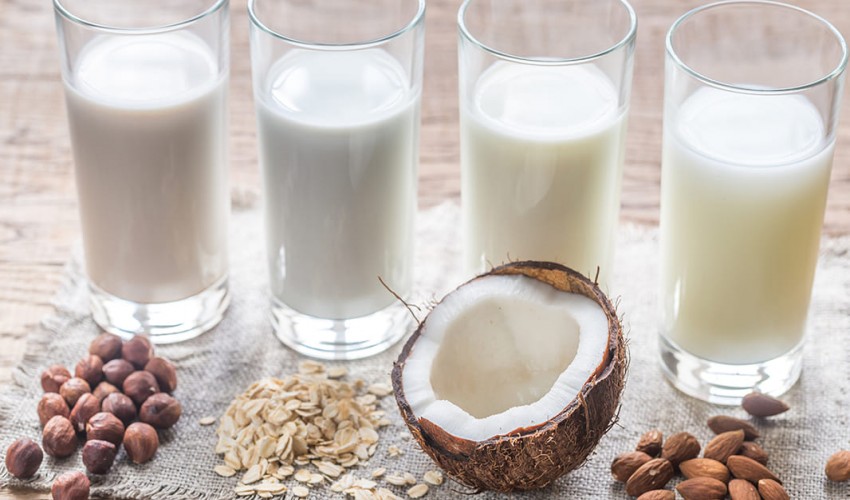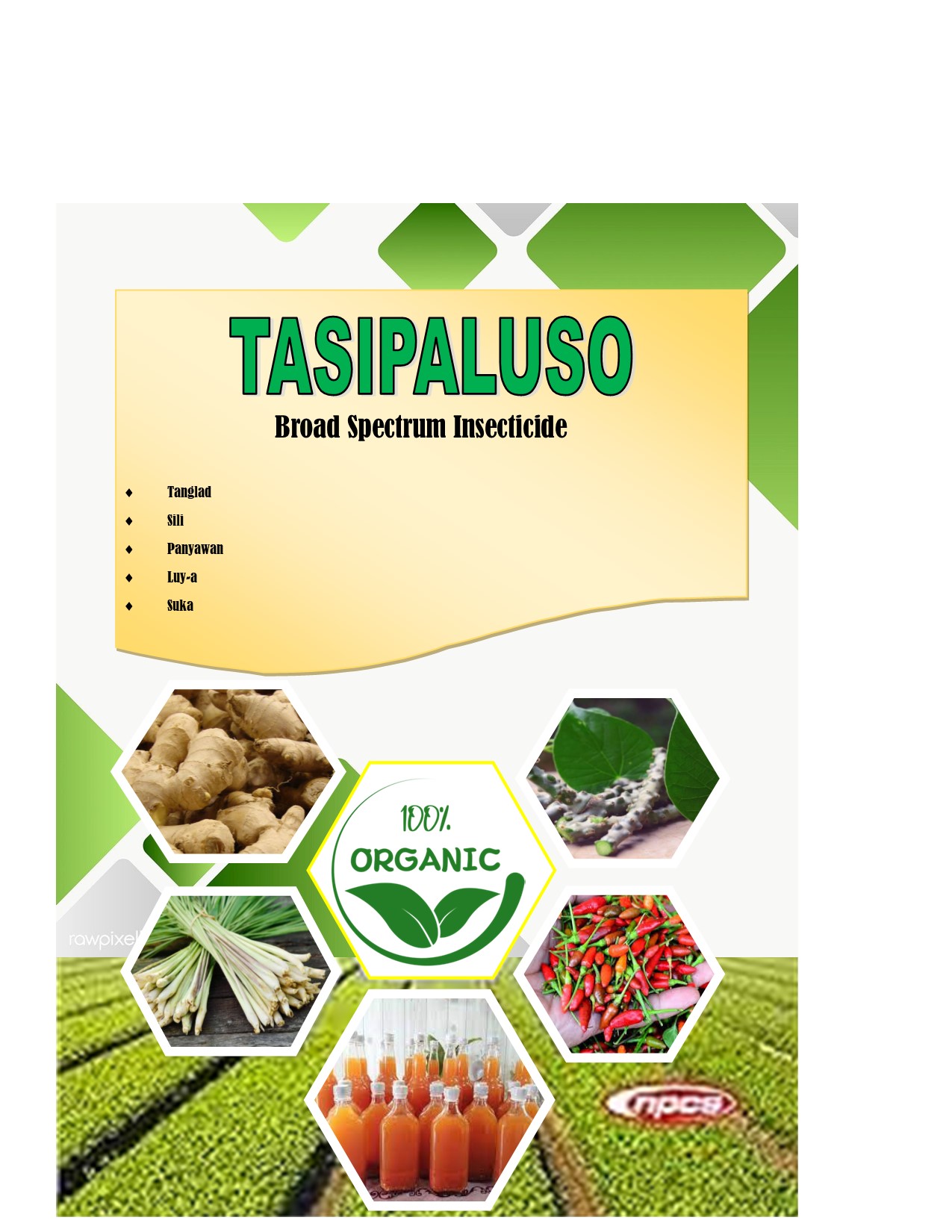Agriculture Science
6
While environmentally beneficial, oat and soy milks are less nutrient-dense than cow milk.
- Rating
- cow
- produce
- nutrition
- agricultural
- nutrient
- soy
Increased calcium and vitamin D needs to be a priority for plant-based milks.
If you have milk, you have choices. You can add milk to your coffee, soak cookies, let cheese ripen, or give yourself a mustache. You can shake up a shake or float some cereal. It's difficult to replace something that is so adaptable. However, there are many good reasons to explore alternatives.
A single liter of cow's milk requires 630 liters of water and nearly 9 square meters of land to produce. That is the size of two king-size mattresses and contains 10.5 kegs of beer. A liter of dairy milk production also produces roughly 3.2 kilos of greenhouse emissions.
These expenses are significant given how widely consumed milk is. According to the Food and Agricultural Organization of the United Nations, the dairy industry produced 1.7 billion metric tons of greenhouse gases in 2015, or about 3% of all greenhouse gas emissions associated with human activity.
According to a 2018 Science article, producing plant-based milks, such as oat, almond, rice, and soy, consumes much less water and land than producing dairy milk and produces roughly one-third less greenhouse gases.
Numerous plant-based milks have hit the market, propelled by an increasing number of consumers who care about the environment. Plant-based milks were sold in the US for $2.6 billion in 2021, according SPINS, a business that compiles data on natural and organic products. The dollar sales have increased by 33 percent since 2019. According to University of Massachusetts Amherst food scientist David McClements, "food corporations have learned that consumers... desire change."
Although plant milks are often more climatically and environmentally friendly, they don't offer the same nutritional value. Milk is a creamy beverage that contains 13 key elements, such as immune-boosting vitamin A and zinc, bone-strengthening calcium, and muscle-building protein, as well as the 1980s dairy campaign's catchphrase, "Milk, it does a body good." Smaller levels of these minerals are often present in plant-based milks, and even when plant milks are fortified, it is unclear how well those nutrients are absorbed by the body.
Leah Bessa, chief science officer of De Novo Dairy, a biotechnology business in Cape Town, South Africa, that makes dairy proteins without the use of animals, claims that replacing dairy is exceedingly difficult. There isn't really a decent sustainable substitute that has the same nutrient profile and functionality.
What is milk, exactly?
According to the traditional definition, milk is a liquid that comes from a female mammal's mammary gland. However, Eva Tornberg, a food scientist at Lund University in Sweden who created a potato milk, would rather concentrate on the chemical makeup of milk. She claims that is the essence of its nourishing character. It is an emulsion, or a mixture of several small oil droplets and water.
According to McClements, this emulsion gives milk its distinctive creaminess and makes it the perfect carrier for nutrients. Because milk is both oil and water, it can include both oil- and water-soluble nutrients like vitamins A and D as well as water-soluble ones like riboflavin and vitamin B12.
Additionally, because there are many oil droplets rather than a single layer of fat, there is a large surface area available for human digestive enzymes to interact with. This facilitates quick and easy absorption of the nutrients contained inside the droplets.
According to McClements, the majority of plant-based milks are emulsions, which means they could also be good nutrient-delivery systems. However, he claims that for the most part, manufacturers of plant-based milk have concentrated far more on offering the proper flavor and mouthfeel to appeal to consumers' tastes. "We need to work on the nutritional components a lot more."
What is lacking?
According to Megan Lott, a registered dietitian with Healthy Eating Research, a Durham, North Carolina-based program of the Robert Wood Johnson Foundation, soy milk is likely the closest rival among the plant-based milks that are currently on the market in terms of nutrition. Almost as much protein as cow milk is found in soy milk, and both types of protein are complete proteins that include all nine essential amino acids. According to her, it is indeed permitted by the USDA to be used as a substitute for dairy milk in child nutrition programs and school lunch programs.
However, soy milks and other plant-based milks are deficient in some crucial elements. According to Lott, parents frequently believe that by substituting one cup of plant-based milk for one cup of cow's milk, their children will be well nourished. "That's simply not true."
Many manufacturers add vitamin D and calcium to plant-based milks to match or even surpass the amount in dairy milk. The body's ability to absorb those extra nutrients is another matter, though. According to Lott, what customers read on the Nutrition Facts label does not always correspond to how much their bodies can truly absorb and utilise.
This is due to the possibility that plant-based milks may contain naturally occurring plant compounds that prevent nutrients from being absorbed. For instance, phytic acid, which binds to calcium, iron, and zinc and decreases the body's absorption of these nutrients, is present in some plant milks, such as oat and soy milks.
Additionally, it's risky to use too much of a good thing. For instance, McClements and colleagues reported in 2021 in the Journal of Agricultural and Food Chemistry that adding a lot of calcium to almond milk may prevent the body from absorbing vitamin D.
According to McClements, more investigation is required to comprehend how the interactions between chemicals in plant milks effect the body's absorption of nutrients. Focusing on the optimum ingredient ratio will enable manufacturers of plant-based milks to create more nutrient-dense goods that also taste great, he claims. "We're looking for that sweet spot," said the speaker.
Leave a Reply
Your email address will not be published. Required fields are marked *


